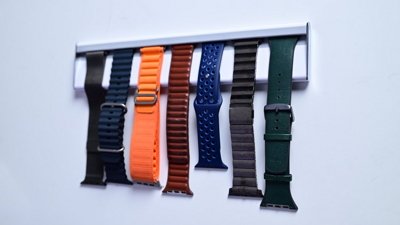The Apple Watch was released in 2015 with three distinct models, several bands, and software that emphasized communication. Rather than become a fashion icon or social revolution, the Apple Watch ultimately evolved into the health and fitness wearable of today.
There are three types of Apple Watch available for purchase — the premium Apple Watch Ultra 2, the standard Apple Watch Series 10, and the budget Apple Watch SE.
Rumors have begun about the next generation of Apple Watch due in 2025. The Apple Watch Ultra 3 and Apple Watch Series 11 are both expected.
Banning the Apple Watch
Masimo is a company that builds medical equipment and has been entangled in a patent lawsuit over blood oxygen detection with Apple since 2020. It culminated in the United States International Trade Commission siding with Masimo and banning the import of affected Apple Watch models.
The only models for sale with the feature are the Apple Watch Series 9 and Apple Watch Ultra 2. After an initial ban and appeal in December left the situation in question, the ITC doubled down and said the ban remains in effect for the duration of appeals.
Apple had a solution ready in case the ban remained in effect. Customs agreed that Apple removing blood oxygen detection from the affected models via software was sufficient to get around the import ban.
As of January 18, any Apple Watch purchased in the United States has the blood oxygen detection feature disabled. Existing models sold before that date are unaffected.
The Apple Watch SE is also unaffected.
Apple will be able to reenable the feature once the ban has been lifted. It isn't clear which will happen first — Apple winning its appeals or Masimo's patents expiring in 2028.
Apple Watch Features
The Apple Watch has seen a few design changes over the years, but all have shared similar characteristics. The Apple Watch runs watchOS, an operating system built specifically for the tiny watch screen. The Digital Crown, changeable watch bands, and an OLED screen have persisted throughout each generation of Apple Watch.
watchOS
There have been a few redesigns of watchOS over the years as Apple refined what the Apple Watch was for. While fitness and health were obvious uses, it wasn't always the priority. The first iteration of watchOS focused on communication with favorite friends, heartbeat sharing, and shareable doodles.
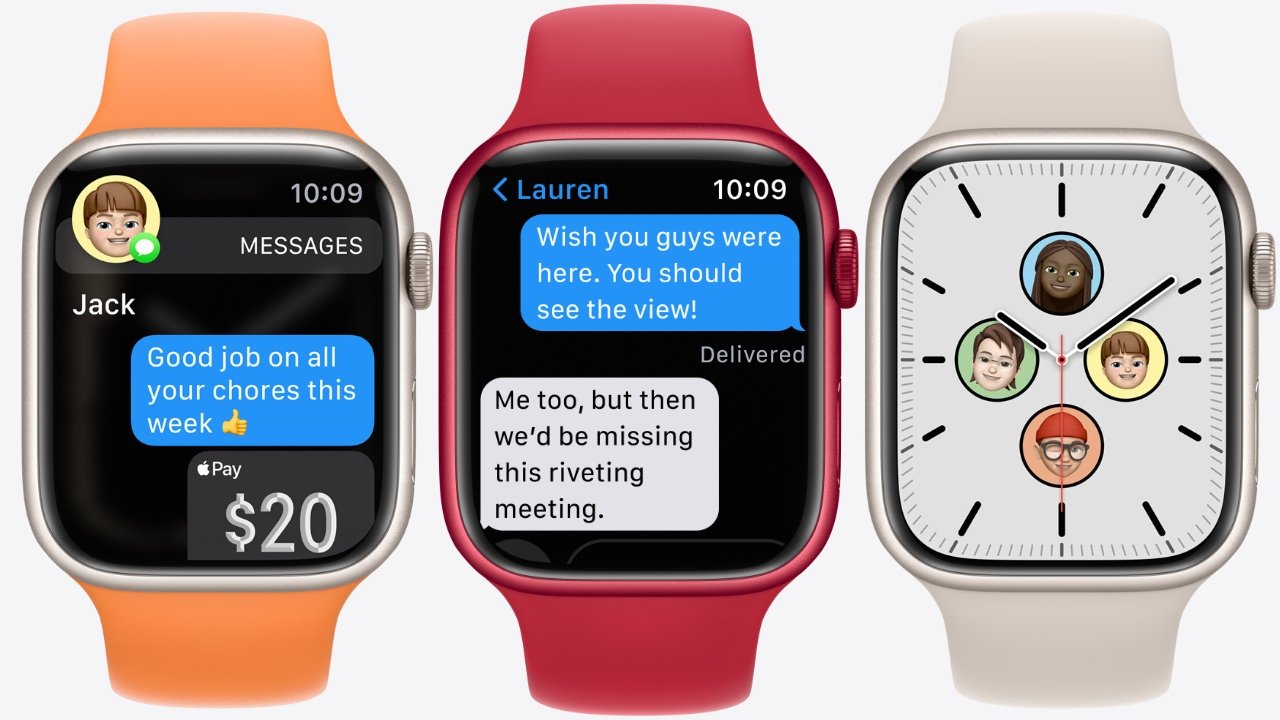 watchOS powers the Apple Watch
watchOS powers the Apple Watch
By 2018, Apple had found its balance for Apple Watch — fewer weird social features and more health, notification, and fitness focus. Each Apple Watch hardware revision and software update has refined these features into a mature operating system.
- watchOS 8 made it so users can access the Share Sheet from more locations and better control text entry. Apple also introduced a new photo portrait watch face and the Find My app in this update.
- watchOS 9 introduced customizable workouts and a Medication tracking app. Older watch faces were also adjusted to take advantage of larger displays.
- watchOS 10 provided a full redesign of the operating system, making widgets available with a Digital Crown turn and Control Center with a Side Button press.
- watchOS 11 includes the new Vitals app, Training Load, and a new Photos watch face.
watchOS 11
Announced at WWDC 2024, watchOS 11 was released in September. While it didn't get much screen time during the keynote, Apple did mention several new features that benefit users.
Health and fitness features
Like most major watchOS updates, Apple introduced plenty of new health and fitness-related features with watchOS 11.
New pregnancy-tracking features have been added to the Cycle tracker of Apple Health. It now shows the gestational age and tracks the pregnancy across health charts. It provides recommendations and notifications for health during pregnancy, such as reviewing the high heart rate threshold and receiving alerts for increased fall risk in the third trimester.
Vitals is a new feature that uses data collected while a wearer sleeps to establish a typical range for health metrics like heart rate, respiratory rate, wrist temperature, blood oxygen, and sleep duration.
If any of these metrics are outside the typical range, the Apple Watch will send a notification with contextual information about possible factors, such as medications, elevation, alcohol, or illness. This can help users understand that paying closer attention to their bodies is a good idea.
The new Training Load feature helps users understand how workouts impact their bodies over time. It compares the intensity and duration of workouts over the last seven days to the previous 28 days, classifying the current training load to help users gauge the strain on their body and make informed decisions about their exercise regimen.
Similar to Training Load, a new effort rating has been added to the Workout app. The metric will gauge a user's exercise intensity, pace, elevation, heart rate, and personal data factor into each rating.
Users can now pause their Activity Rings for a day, week, month, or more and maintain their award streak.
User interface and user experience upgrades
New interactive widgets are displayed based on time, location, and more. New widgets include severe weather alerts, Training Load, Photos, Distance, and Shazam.
The Smart Stack feature has also been upgraded to automatically display relevant Widgets based on time, location, and other factors. Live activities are also included in the Smart Stack, providing important information such as the arrival time of an Uber or the likelihood of rain.
A redesigned Photos face uses machine learning to search a user's photo library, select the best images, and create watch faces featuring their favorite people, pets, and places.
Other watchOS 11 features
The Apple Watch Maps app will feature topographic maps with detailed trail networks and hikes, including all 63 U.S. national parks. Users can save maps to their Apple Watch to access them offline with turn-by-turn voice guidance.
The Translate app supports 20 languages, allowing users to see translations by typing or dictating a phrase. Users can also play the translation aloud and slow it down if needed. Languages can easily be downloaded to the Apple Watch, too.
Watch Faces
Despite user demand, Apple has never allowed third-party Apple Watch faces to be made for users. Instead, Apple provides custom watch faces with the occasional new face or update each year.
Even though users are restricted to a specific set of Apple Watch faces, many are still available with different color choices for each. Add in custom complications and photo watch faces, and there are a near-endless number of faces a user can create.
The control over the Apple Watch face gallery gives Apple the ability to keep copyright or infringing material out of the user's hands. Also, it means a better overall experience for the look and feel of the device.
Some inventive developers have found ways to add customization to watch faces previously unheard of by using unique widgets. While this is a limited workaround, it can still provide unique combinations for a more-personal watch face.
Bands
Bands use a simple hook and sliding mechanism to attach and secure the band in place. Apple offers a range of bands, but third-party manufacturers also make custom bands using Apple's template.
Similar to the era of iPod cases, then iPhone cases, watch bands have exploded into their own micro-business.
Every generation has used the same Apple Watch band lugs. This continued even when the device moved to a larger display in the fourth and seventh generations because the watch's physical size did not change. Pressing one of the buttons on either side of the casing releases the band.
Apple often introduces new colors and designs for existing watch bands but rarely uses new designs or materials. In 2020, Apple announced a line of "Solo" Apple Watch bands without a fastener. Apple designed these bands to stretch over the hand. Users must therefore order them to size.
New Apple Watch bands based on country flags were released in June 2021. There are 22 bands to choose from, and users can download the corresponding watch face from Apple's website.
Apple's next move in watch bands occurred in 2023 when it abandoned leather across its accessory lineup. It offered an alternative called FineWoven, but it's not an ideal replacement given its cloth-like material is prone to damage and stains.
Interchangeable Apple Watch bands have remained a primary selling point since the original model was released in 2015. However, with each passing update, it is clear that Apple may have to change the connector eventually — rendering existing watch band collections useless without an adapter.
Digital Crown
The Digital Crown is based on conventional time-setting crowns from analog watches. Apple set out to re-create this type of analog control for the digital era, leading to the Digital Crown. It rests on conductive liquid metal, allowing the crown to turn without the need for more complex wiring for signals.
The Digital Crown acts as a home button and a scroll wheel for navigation. A long press will invoke Siri, and a double press will switch back to the last app.
Embedded in the flat side of the crown is a conductive plate. It serves as part of the circuit from wrist to finger during an ECG on Apple Watch Series 4 and later. You can perform the measurement using the ECG app that is pre-installed on the device.
An update in watchOS 7.2 made it possible for ECG to detect atrial fibrillation at higher heart rates of up to 150BPM. Previously, the ECG app would not work if the user's heart rate was too high.
Apple repurposed the Digital Crown in the AirPods Max as a volume control knob and Siri interface. Apple Vision Pro also got a Digital Crown to control volume and immersion level.
Activity Monitoring
Each generation of Apple Watch includes various technologies targeting activity monitoring. The heart-rate sensor and accelerometer both track movement and activity throughout the day. Apple Health's Activity Rings display daily progress for three goals: a target exercise goal, calories burned, and hours where a user has gotten up to move.
Apple Watch allows users to share their activity rings inside the Activity app. This app gives users medals based on steady habits and the closing of rings. It also includes a social aspect, allowing users to challenge each other. One initiative called "Apple Watch Connected" will enable gyms to reward their members based on Activity app performance.
Family Setup
Family Setup lets a Family Group organizer set up a cellular Apple Watch for a family member without a dedicated iPhone. Children in the household get their own phone number for each Apple Watch, allowing them to keep in touch even if they don't have phones.
Family Setup lets parents specify with which contacts children can communicate. It can give parents automatic location notifications to keep tabs on where their family is. Kids can also use their wearables to track activity.
Schooltime Mode is a feature that helps kids stay focused, limiting available features and activating Do Not Disturb during the school day while giving them a unique Apple Watch face.
Family Setup requires a fourth-generation device with cellular capabilities.
Apple Fitness+
As a part of Apple's push for services, the company released a new subscription called Apple Fitness+. It launched in December 2020 and is available on the Apple TV, iPad, and iPhone as an app.
Users can launch a workout from the device app or the Apple Watch. There are several workouts available, and thanks to the connectivity of Apple's devices, workout metrics from the Watch will appear on the screen.
The Fitness+ service is constantly updated with new workout videos from many instructors. The workouts range from simple cooldowns to challenging core exercises.
Crash Detection
The iPhone 14 lineup, Apple Watch Series 8, Apple Watch SE, and Apple Watch Ultra have purpose-built sensors and algorithms for Crash Detection. If the user is in a severe car crash, the iPhone or Apple Watch will contact emergency services.
If both devices are present, they will work in tandem to determine if a crash has occurred. The technology isn't foolproof, however, and can be triggered by non-crash events like some roller coasters.
Crash Detection utilizes an upgraded high dynamic range gyroscope, high g-force accelerometer, barometer, GPS, microphone, and advanced motion algorithms to determine if a severe crash occurred. Apple designed the algorithm to detect front impacts, side impacts, rear-end collisions, and rollovers.
If the user doesn't dismiss the alert in ten seconds, another ten-second timer starts. After that, emergency services are contacted.
An automated message with an estimated location and search radius will be played to the emergency services on a loop. Each replay will play back quieter to give the user a chance to speak to emergency services, and a button can be pressed to stop the recorded playback.
After hanging up with emergency services, a call will be placed to emergency contacts. A ten-second timer will appear that can be dismissed before the call goes out.
Minor collisions should not trigger Crash Detection. The accelerometer can detect up to 256G of force, and it uses the data collected from other sensors to determine if a crash occurred.
Some users have reported false crashes have been detected on roller coasters, but the results are varied. Apple says that there isn't a "silver bullet" description that nails down exactly when Crash Detection activates since the algorithm has so many factors.
Emergency services have reported concerns about wasted resources directed towards false positives. Skiiers have had some trouble from the feature on iPhone and Apple Watch, and don't always dismiss the false alarm.
Apple Watch Price Guide
Retail prices start at $199 (USD) across the product line, but retailers regularly offer Apple Watch deals that offer double-digit and triple-digit savings on current and closeout models.
Apple Watch History
Before Apple Watch was released, it required the disparate skills of countless Apple staff and outside experts. Designer Marc Newson was brought in to help, as was Angela Ahrendts, who would become Apple's senior vice president of Retail and Online Stores.
Unusually, though, it appears that this product began with one person's idea. Jony Ive, then Apple's chief designer, reportedly started working on the Apple Watch in 2011. Apple CEO Tim Cook has separately noted that Apple Watch development began after the death of Steve Jobs.
However, the idea's origin could have begun as early as 2005. That was when Ive and his design team say they became serious about precision machining on the scale of the Apple Watch. And to explore how to do this, they visited watch manufacturers.
"We started researching watch companies just to understand machining metals, finishing metals, product assembly," design team creative lead Doug Satzger said in Leander Kahney's book, "Jony Ive: The Genius Behind Apple's Greatest Products."
Then two months after Jobs died in 2011, the New York Times reported that Apple was researching a wearable computer.
"A person with knowledge of the company's plans told me that a 'very small group of Apple employees' had been conceptualizing and even prototyping some wearable devices," wrote journalist Nick Bilton. "One idea being discussed is a curved-glass iPod that would wrap around the wrist; people could communicate with the device using Siri, the company's artificial intelligence software."
"The brain that brings all these things together is the smartphone, which, after all, is really the first wearable computer," he continued. "Researchers note that the smartphone is almost never more than three feet away from its user."
Still, if Ive says it started in 2011, that also means that the Apple Watch was officially Apple's first entirely new product since its co-founder's death. With the industry speculating how Apple could fare without Jobs, it was both a product and a way to demonstrate Tim Cook's direction.
If the aim was to show that Apple could still innovate the way it had, Ive says that he found the process "humbling." This is a man who worked on the iPhone, literally the most successful product ever made, and yet the Watch was harder.
"Even though Apple Watch does so many things, there are cultural, historical implications and expectations," Ive said in 2014. "That's why it's been such a difficult and humbling program."
He meant how reinventing the phone had been a lot less complicated than reinventing the watch. Technology has its fans, especially Apple, but the watches and watch collection is an entire other world with its history, rules, and obsessives.
Ive may have been one of them. When the Apple Watch came out, it was seen by some horologists as an affront. As phone manufacturers said, technology firms couldn't just walk in and make a phone, so some saw Apple as arrogant for launching the Apple Watch when it knew nothing about classical watch-wearers.
When interviewed by leading watch publication Hodinkee, Jony Ive was asked about watches and reportedly recounted an anecdote about buying an Omega Speedmaster Professional in the 90s.
That would be like telling how you bought a Mac SE/30, or perhaps a Mac IIfx –– machines that were expensive, classic, and are still beloved. If that didn't tell horologists that Ive was serious, then his background is why the Apple Watch leverages watch ideas like complications and a crown.
Ultra
Apple Watch Ultra is a new type of wearable from Apple separate from the standard lineup. It features a rugged titanium enclosure, an extra button, and specialized sensors.
The Apple Watch Ultra 2 improved on the original with a new SiP and brighter display. Apple added a space black color option in 2024.
The sapphire display is flat surrounded by a raised lip of titanium. The Digital Crown is protected by a crown guard, and the buttons are designed for use when wearing gloves.
Apple promoted the watch alongside three extreme activities — triathlons, diving, and hiking. There are three bands purpose-built for these activities too — Alpine, Trail, and Ocean.
The Action Button on the side of the Apple Watch Ultra can be programmed to perform different actions based on Focus. It adds a new range of quick-action functionality that can even launch a Shortcut.
This model is $799 and is available in natural titanium and space black.
Tenth Generation
Apple Watch Series 10 was released with a slight redesign in 2024. It got a thinner case with a wider display that has smaller bezels.
The resulting sizes increased by 1mm to 46mm and 42mm. The display on the 46mm option is larger than the display on the 49mm Apple Watch Ultra.
No new health sensors were added, but Apple did introduce a sleep apnea detection feature that works on the tenth and ninth generation models.
The wide angle display is 80% brighter and the always on mode refreshes every second. So, select watch faces now have a ticking second hand.
Apple Watch Series 10 is available in aluminum and titanium. The titanium option takes over in the previous price reserved for stainless steel.
Ninth Generation
The Apple Watch Series 9 iterated yet again, but this time with a faster S9 SiP. The new chipset enables features like on-device Siri and Double Tap.
There's not a lot to say about the 2023 model. It has the same sensors as the previous generation, the same external design, and runs watchOS 10.
Apple added a brighter display that enables the device to reach 2,000 nits in bright settings like in direct sunlight.
This model of Apple Watch starts at $399 for the 41mm size or $429 for the 42mm size. Adding Cellular to the aluminum model is a $100 premium, but stainless steel models get cellular by default.
SE
The second-generation Apple Watch SE introduced Crash Detection, upgraded to the S8 SiP, and got a new plastic composite back case. It offers basic health and fitness tracking features without all the bells and whistles of more-premium models.
Users get access to heart rate tracking, workout tracking, and fall detection at a lower entry price with SE. It has the Series 4 design and lacks the always-on display.
The purpose of this model is to serve as an entry model for budget-conscious consumers. If people don't need temperature tracking, the ECG function, or blood oxygen tracking, then this is the model to get.
The 41mm model is $249 and the 42mm model is $299. Cellular options for Family Setup are also available at a slight premium.
Eighth Generation
The Apple Watch Series 8 is an iterative update with Crash Detection and temperature sensing as the two headlining features. While the everyday use of the Watch may not change much, these features could be critically important to some users.
Temperature detection is tied directly to the cycle tracking feature in Apple Watch. It gathers temperature over about a week to establish the user's baseline sleeping temperature.
Then, using that data and other metrics, it can determine if a person may have ovulated in the recent days prior. This retroactive notification of ovulation can be key in planning a pregnancy or determining reproductive health.
Crash Detection has been a controversial feature for the 2022 Apple Watches. Users and emergency responders are complaining of false positives, which leads to wasted resources.
Apple no longer offers this model as a new purchase.
Seventh Generation
Announced in September 2021, the Apple Watch Series 7 was more a slight design refinement than a major new release. The biggest change was the display, which uses a larger 41mm or 45mm display, depending on the model, and increasing the amount of viewable screen by 20%.
The increased screen reduces the borders by 40% compared to the 2020 model. While the chassis has been redesigned with more rounded corners, the overall appearance hasn't massively changed in this iteration.
Charging's faster by up to 33%, with an eight-minute charge providing enough power for 8 hours of sleep tracking.
They are offered in aluminum in five colors, the Apple Watch Series 7 starts from $399. A stainless steel version is also available in silver, graphite, gold, and a space black titanium model.
Read the review here: Apple Watch Series 7 review: Bigger than you think
Sixth Generation
In September 2020, Apple launched the Apple Watch Series 6 and the more family-friendly Apple Watch SE. The latter was aimed at families, particularly children, from its lower price of $279 and its Family Setup features.
Those let a parent set up a Watch for a child without buying them an iPhone, too. And it lets those parents stay in touch with their kids by including location notifications.
If you instead had from $399 to spend on an Apple Watch Series 6 at the time, you could have had the same features –– but also much more. It features a significantly brighter always-on display, a faster processor, and blood oxygen tracking.
Again, Apple pushed the health features, with the latest watchOS 7.2 improving the ECG functions.
Read our review here: Review: Apple Watch Series 6 is still the best smartwatch to buy
You can also check out the Apple Watch SE review here: Review: Apple Watch SE is the smartwatch for first-time buyers and upgrade-holdouts
Force Touch Display
Before 2020, every generation of the smartwatch had included a Force Touch Display. This allowed users to press "into" the content to open up contextual menus. If this sounds familiar, it's because it was the fore-bearer to the now-deprecated 3D Touch.
Because of its small screen and limited interactions, Force Touch on this device stuck around one year longer than on iPhones. However, watchOS 7 and the 2020 hardware updates removed it.
Fifth Generation
The Apple Watch Series 5 was announced on September 20, 2019. It was the first model with an always-on display.
The always-on feature was a surprise. It had been predicted to come eventually, and it had been wanted from the start, but it was a surprise that Apple had managed it quite so soon.
Apple revealed other new hardware elements, such as an emergency call function and a compass that improved walking directions in Apple Maps. And there were new software options too –– as for the first time, Apple Watch owners could now download apps directly from the App Store.
Apple Watch Series 5 started at $399 for the aluminum GPS-only one. For LTE, it was from $499. And there was again an Apple Watch Edition, this time with a ceramic chassis.
Read the review here: The Apple Watch Series 5 leaves the competition in the dust
Fourth Generation
The overt red dot from the previous generation, signifying LTE, was dropped in favor of a more subtle red circle on the Apple Watch Series 4. That was the least of the changes made for this generation.
This model was as close to a reinvention of the Watch as Apple had made up to then. It featured an ECG monitoring sensor and a faster processor on the inside.
And on the outside, it was bigger. Gone were the original 38mm and 42mm sizes. In were 40mm and 44mm.
For these "small" and "large" sizes, the difference of an extra 2mm plus reduced bezels meant that the screen should show a lot more information. Alongside all of the familiar Watch elements like the round face, new corner complications came.
Apple Watch Series 4 was launched on September 12, 2018, and prompted many people to sell on their old Watches to get one. They needed $399 for the non-cellular version and $499 for LTE.
Read the review here: Review: Apple Watch Series 4 is the full realization of what a wearable can and should do
Third Generation
Released in September 2017, the Apple Watch Series 3 was the first to include cellular capabilities, meaning users could make phone calls from it without their iPhone. LTE Watches had a distinctive red dot in their digital crown, otherwise, there were no visible hardware differences.
There was an audible one, though. For the first time, Siri on Apple Watch could answer you verbally.
If the second-generation models were released to fix issues with the original version, chiefly speed, then the Series 3 felt like something new. Significantly, the Series 3 is still on sale as of 2021, whereas neither the Series 4 nor Series 5 are.
That said, the only versions of the Series 3 you can buy now are with Sport Bands with limited colors. You could get silver, space gray, or gold finishes in aluminum at launch. Or silver and space black in stainless steel.
What you couldn't get was either ceramic or the original gold. There was no Edition model for two Watch generations.
By this stage, Apple had gone all-in on the idea that Apple Watch was for health and fitness. It always had features for these, but arguably Apple initially positioned it as a fashion accessory.
That may not be true. Apple targeted the fashion market with its gold Apple Watch Edition, then dropped that model. But Apple was entering a brand new market with the Watch, and even Apple needs to make a splash sometimes.
Whether the Watch was a fashion statement or Apple making a statement to the world that it was now in the timepiece game, Series 3 concentrated on health and fitness.
Read the review here: Apple Watch Series 3 with cellular further establishes an emerging computing platform
Second Generation
The "Series 0" name began to appear in 2016 when Apple launched Apple Watch Series 1 and Apple Watch Series 2. The Series 1 was mostly the same as the original but had a faster processor.
The original Watch had an Apple S1 processor, while the Series 1 had an Apple S1P and the Series 2 an S2P.
Both S1P and S2P were around 50% faster than the original Apple Watch. The Series 2 included GPS, a brighter display, and a degree of waterproofing.
There seemed to be little significant difference in the 2016 Apple Watch releases. They came with watchOS 3, and the latest operating system they can run is watchOS 6.
There were, though, very noticeable changes in pricing. For instance, there was no gold Apple Watch Edition for Series 1 or 2, though there was an Edition in ceramic.
Plus, there was now an Apple Watch Nike version. This included a Nike sport band, which could be bought separately.
With its various bands and different materials, Apple Watch Series 1 started at $269. The Series 2 sold from $369 in aluminum and $549 in stainless steel.
Read the review here: Apple Watch Series 2 is a great improvement, but watchOS 3 steals the show
First Generation
As early as 2012, the word was out about a forthcoming Apple Watch –– or, as it was always called then, the iWatch. At one point, Apple was said to be working with Intel to build its smartwatch.
Apple wouldn't say yes, and it wouldn't say no. There was as much speculation then about a watch as there is now about an Apple Car, but infinitely less published information. Few leaks happened, and while there were patents as early as 2007, none were recognized as being for the watch until much later.
Next, in 2013, Apple hired Kevin Lynch as what they described as vice president of technology but was actually the head of the Apple Watch project. If he were the head, though, Jony Ive remained the heart.
And he showed so on September 4, 2014, when, before the Watch was even launched, he privately predicted extreme success. Without directly quoting him or his reported profanity about it, the New York Times said that Ive believed Switzerland's watch industry was going to be in trouble.
Five days later, Tim Cook introduced... the iPhone 6. And Apple Pay. Then at 55 minutes into the presentation, he said that could've been enough.
"We've really gone through enough to call it a day," he said to laughter from the audience. "But we're not quite finished yet. We have one more thing."
Tim Cook spent 46 minutes detailing the new Apple Watch, which included a slightly vague promise to release it early the following year. It would ultimately go on sale with pre-orders on April 10, 2015.
Those pre-orders consisted of three models, which Apple called "collections." There were three available: the 18-carat gold "Edition," the stainless steel standard model, and the aluminum sport model.
Each came in either 38mm or 42mm sizes, with correspondingly different screens, but were otherwise functionally identical. For instance, all included the Digital Crown, and all of them would only light up their screen when you turned your wrist to see the time.
Otherwise, the Apple Watches only differed in their materials –– and price. While the sport model started at $349, the Edition was made from 18-carat gold and cost north of $10,000.
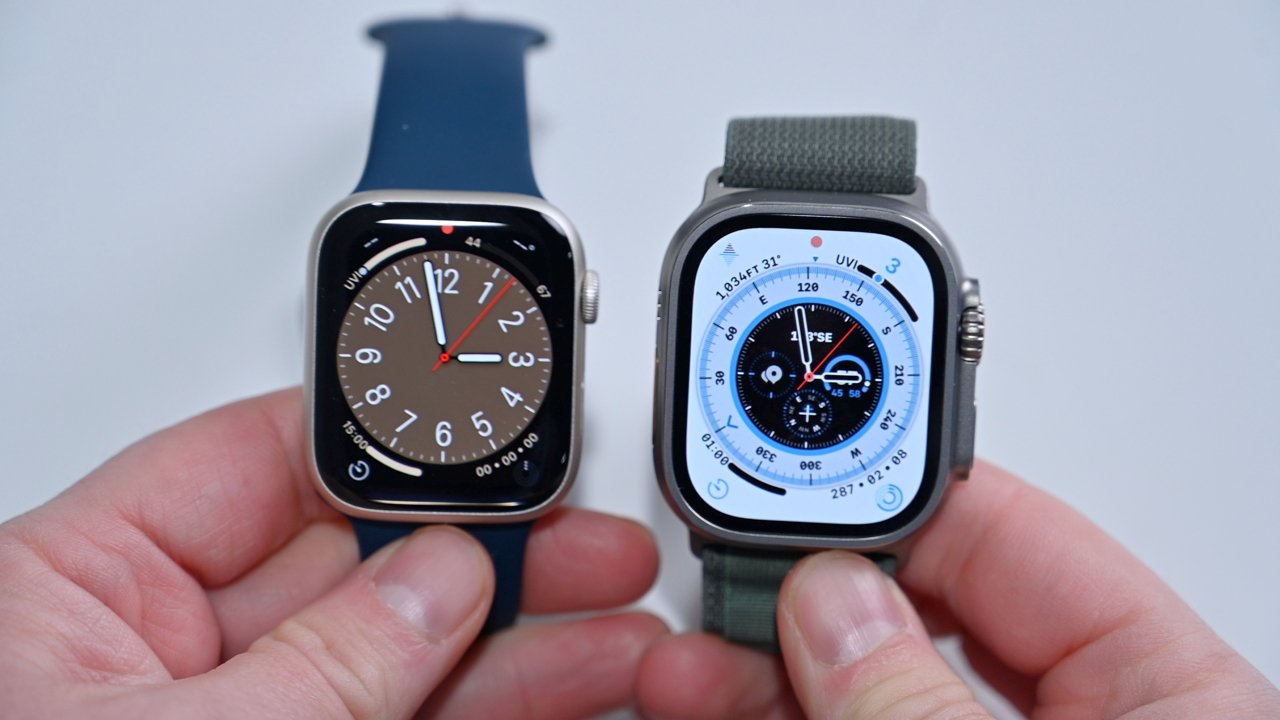
-xl-xl.jpg)
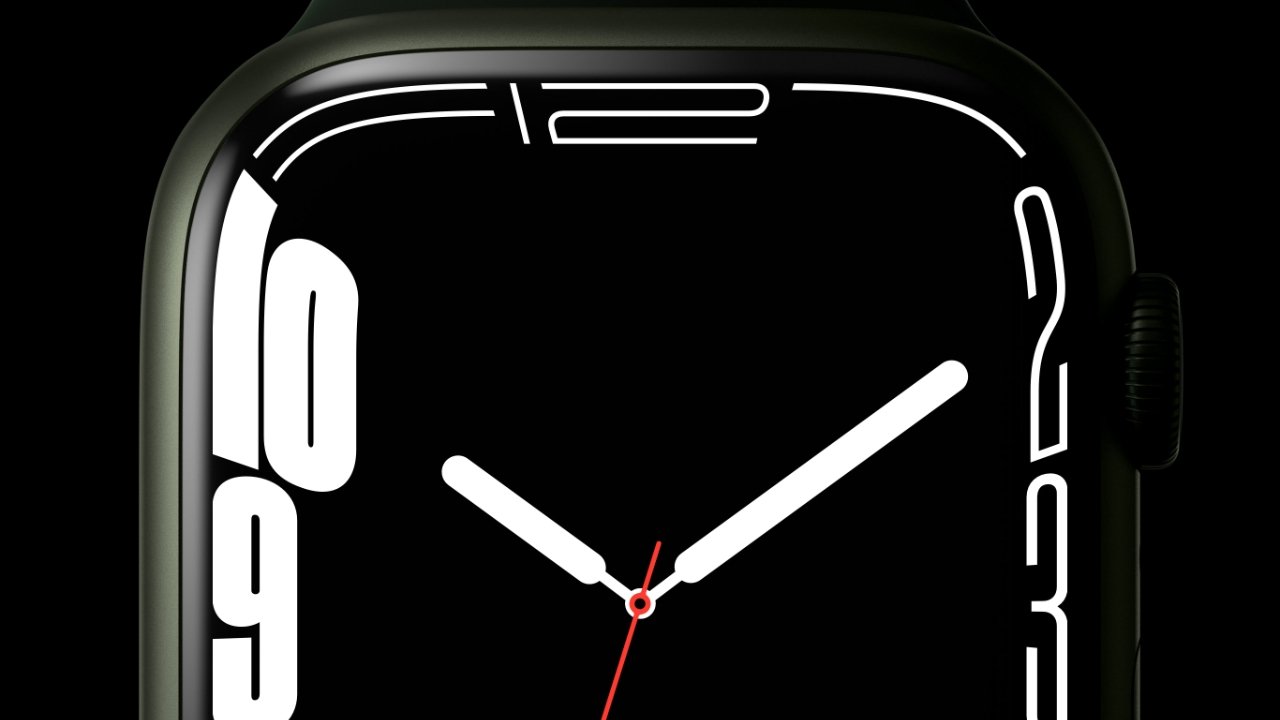
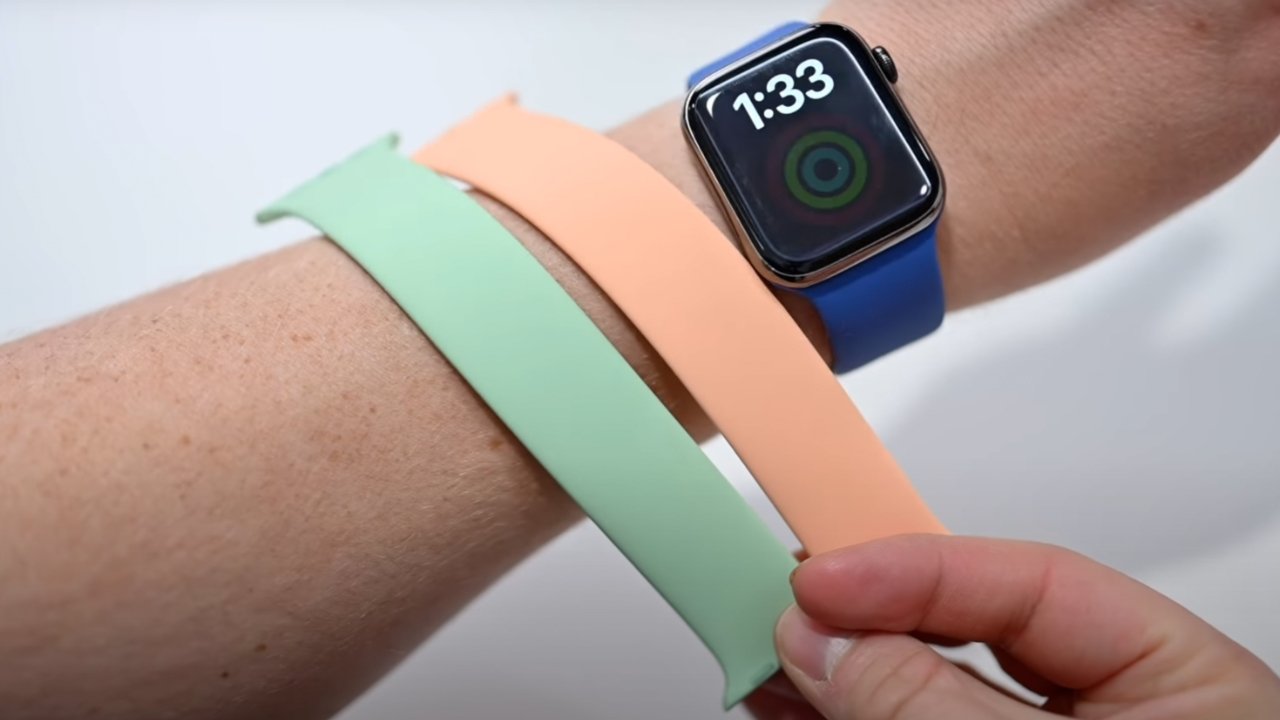
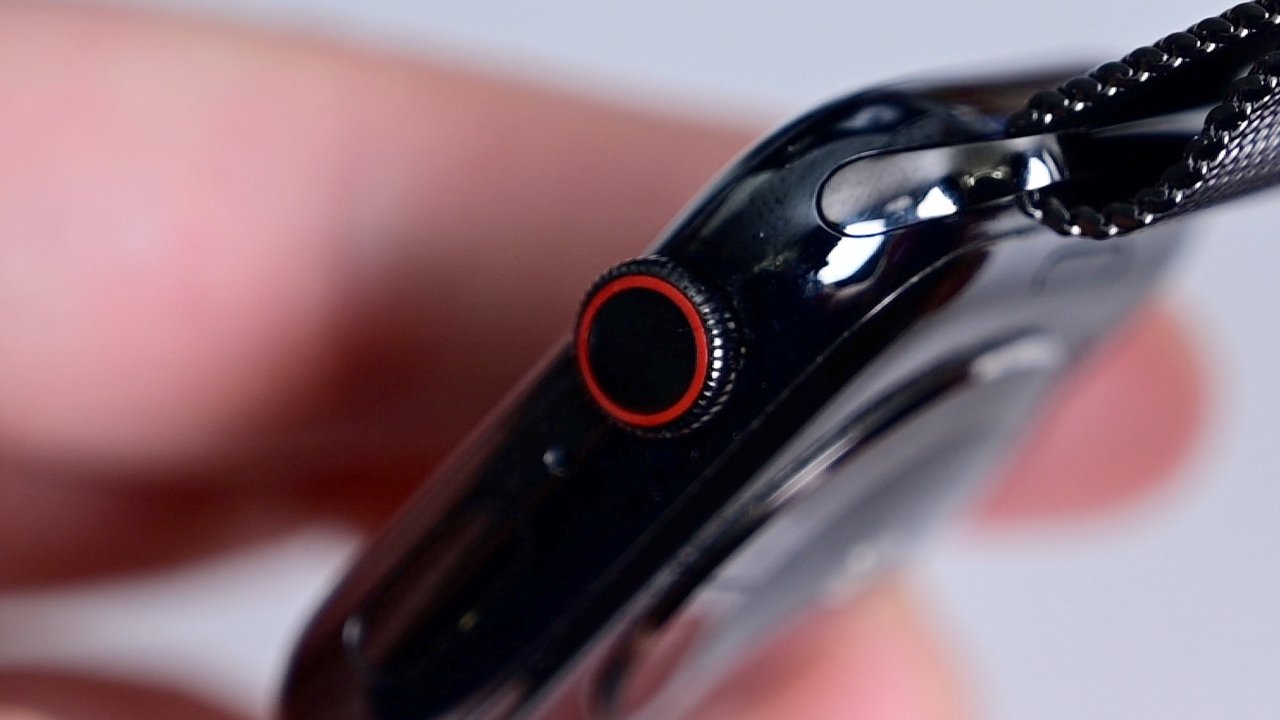
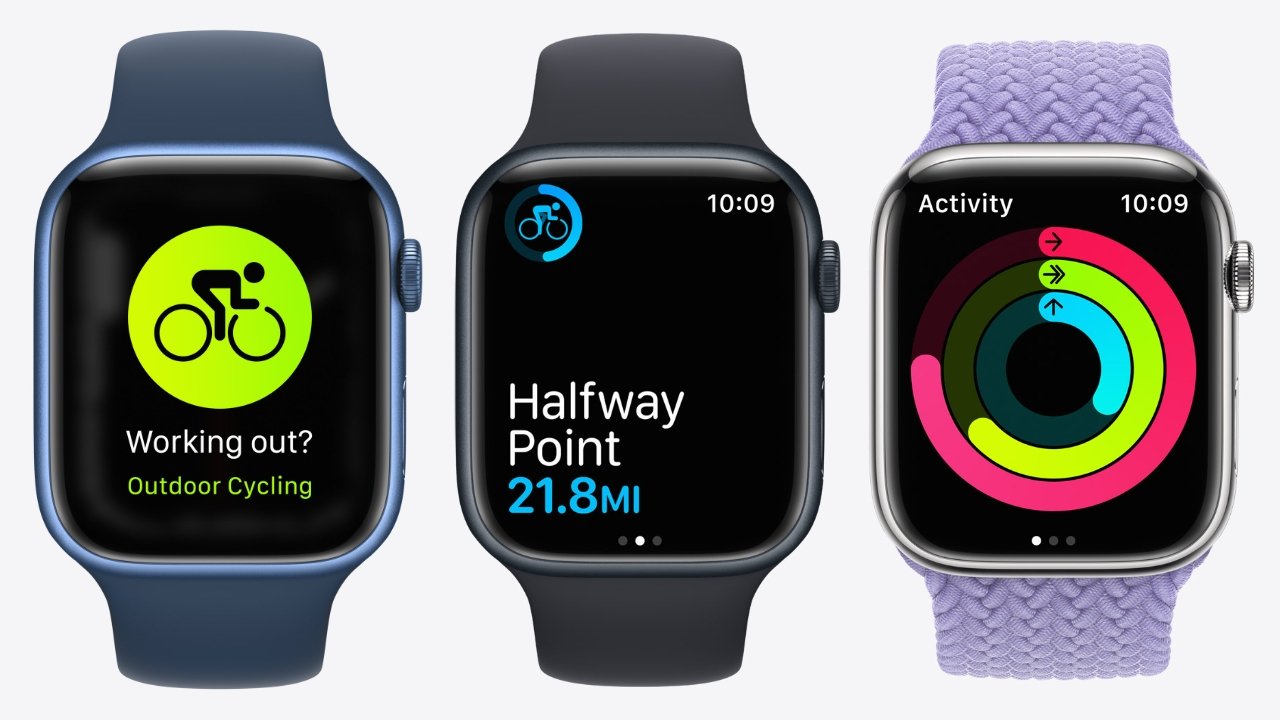
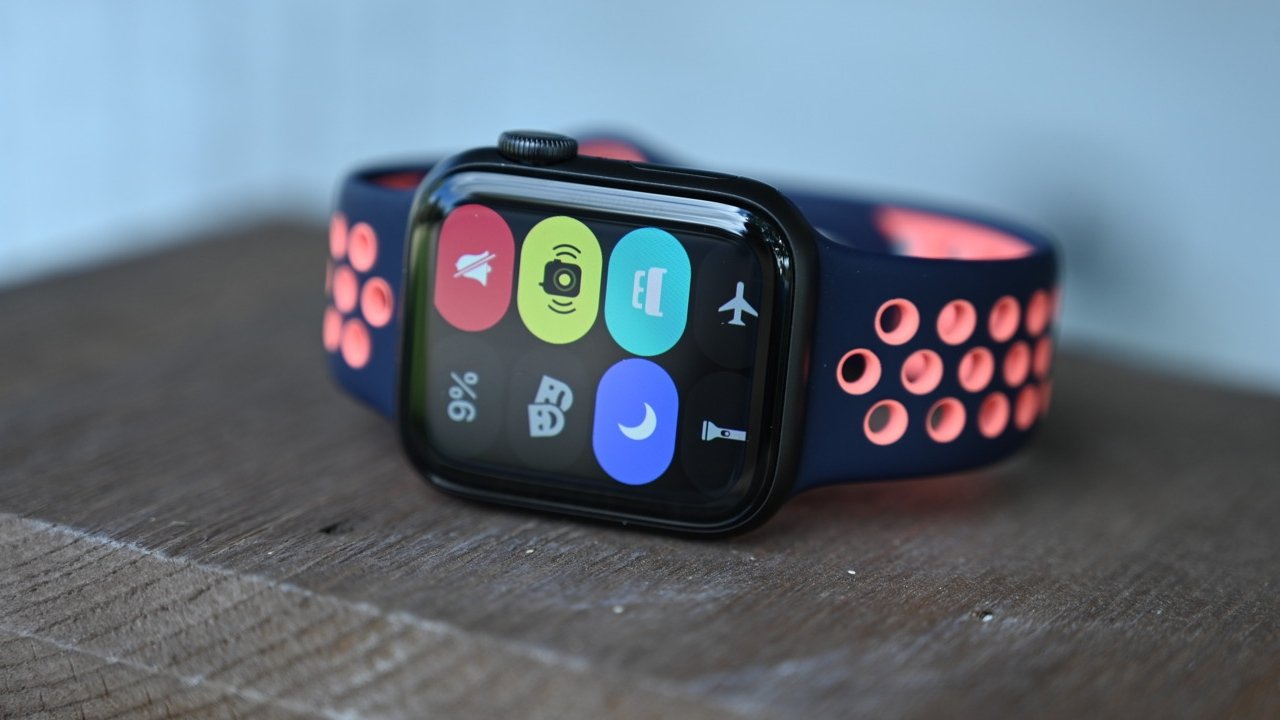
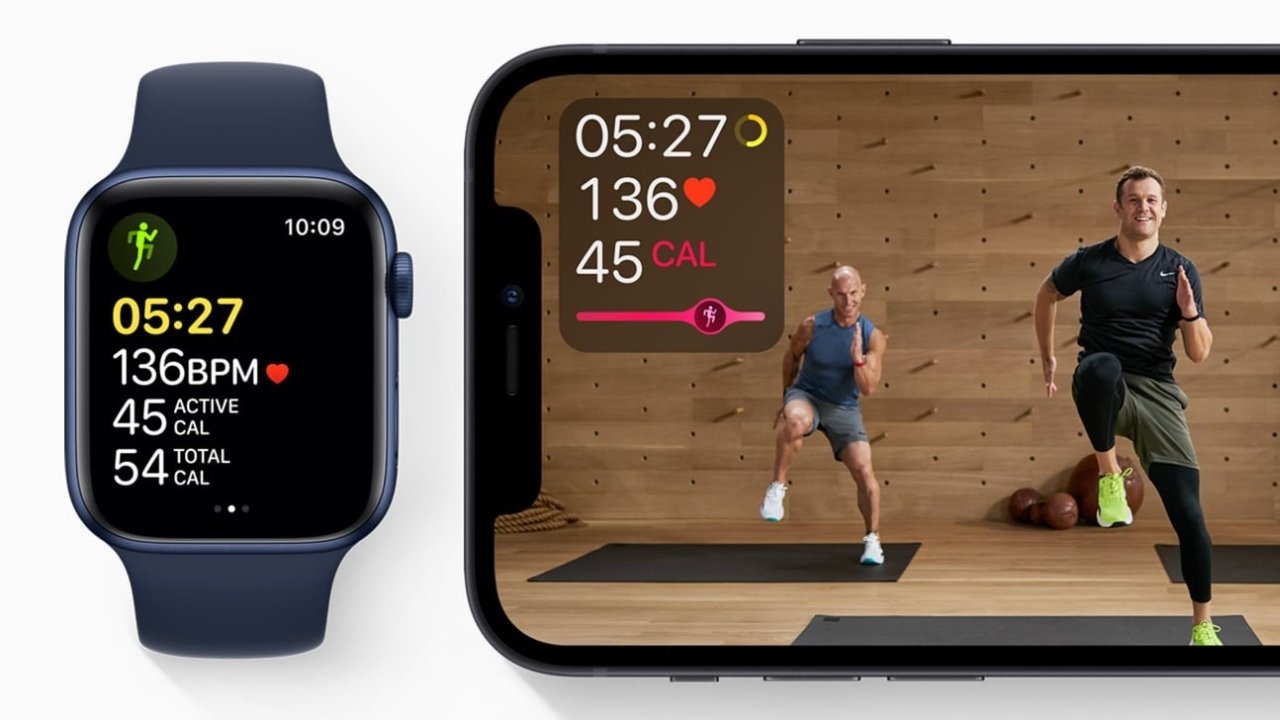
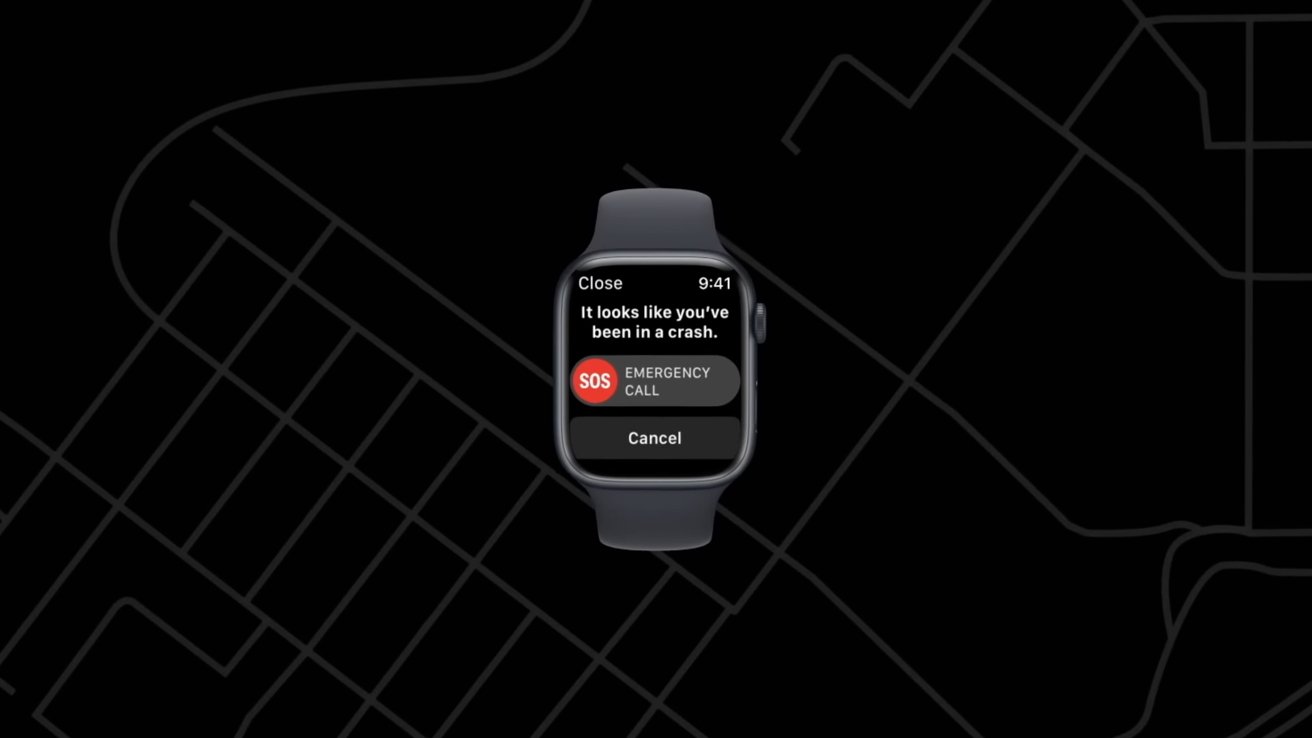
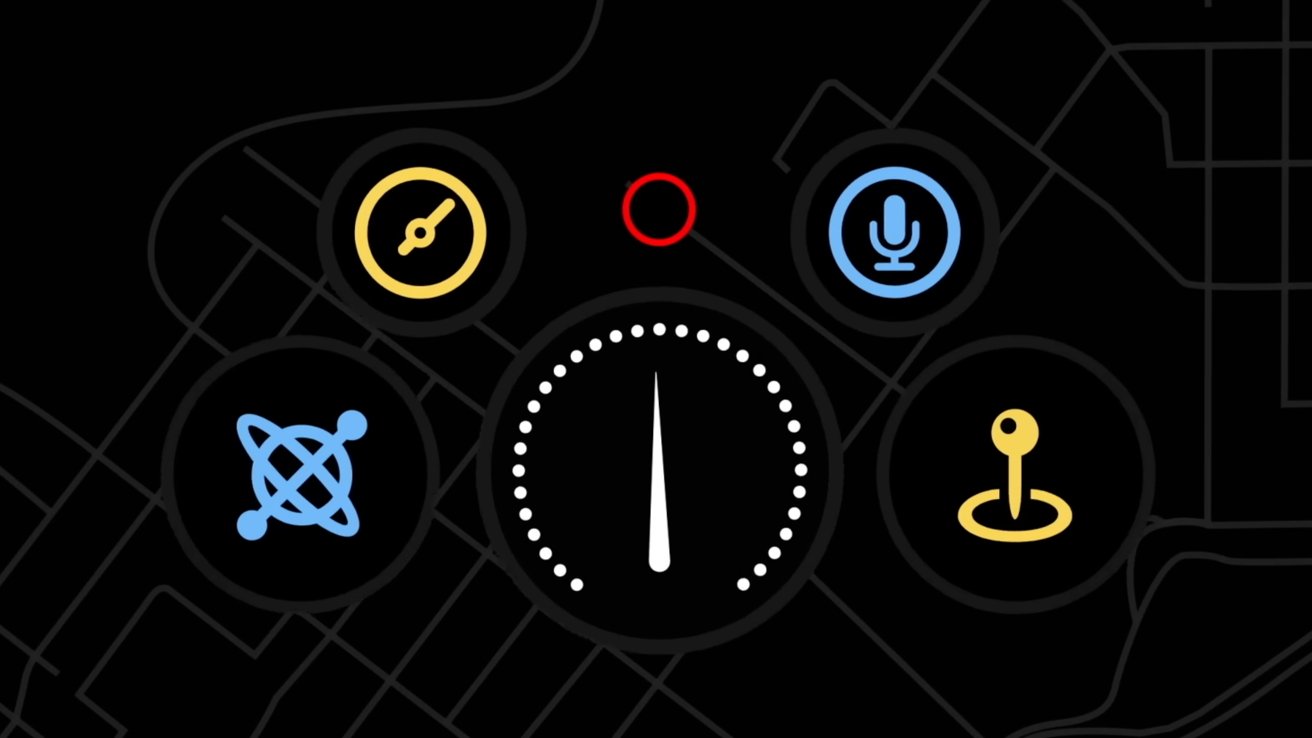
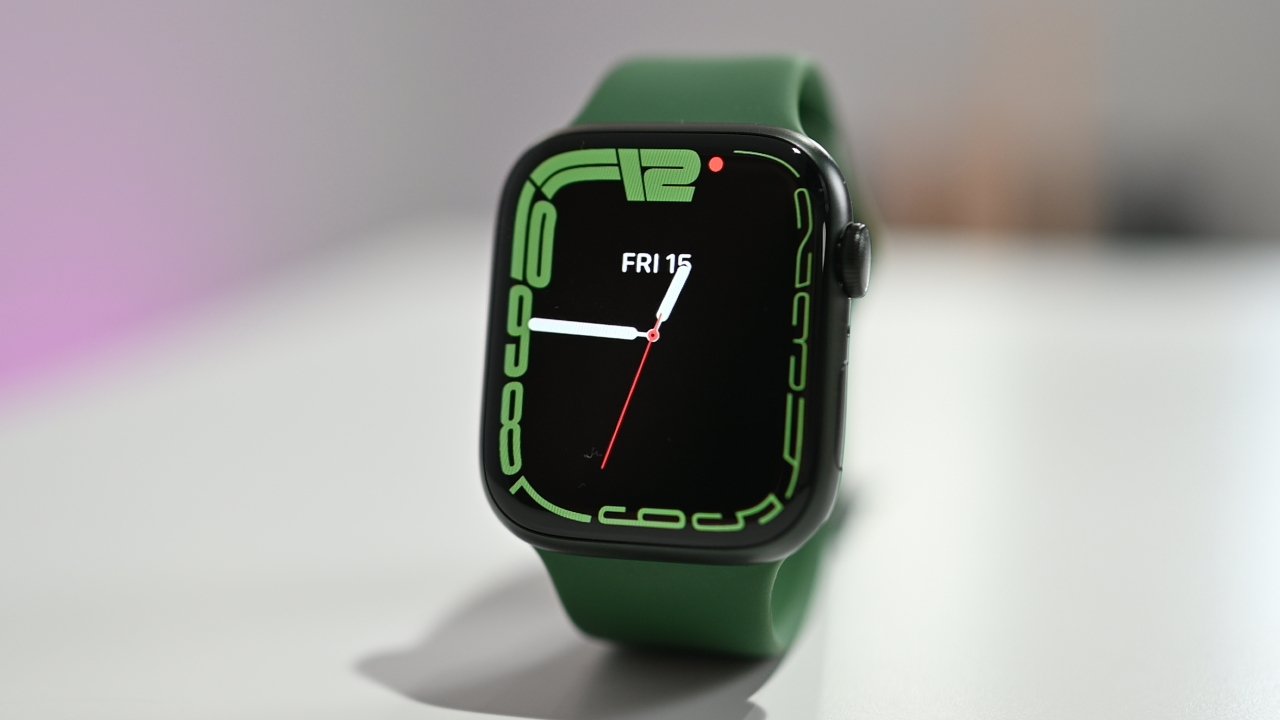
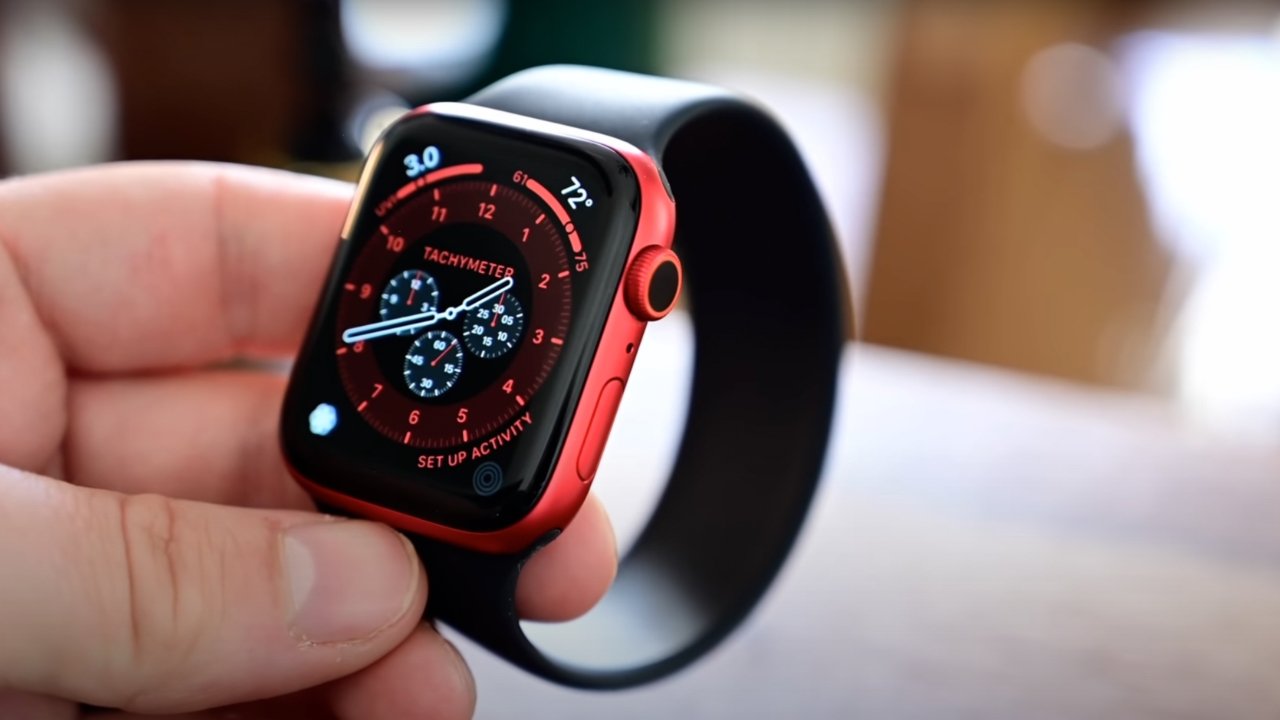
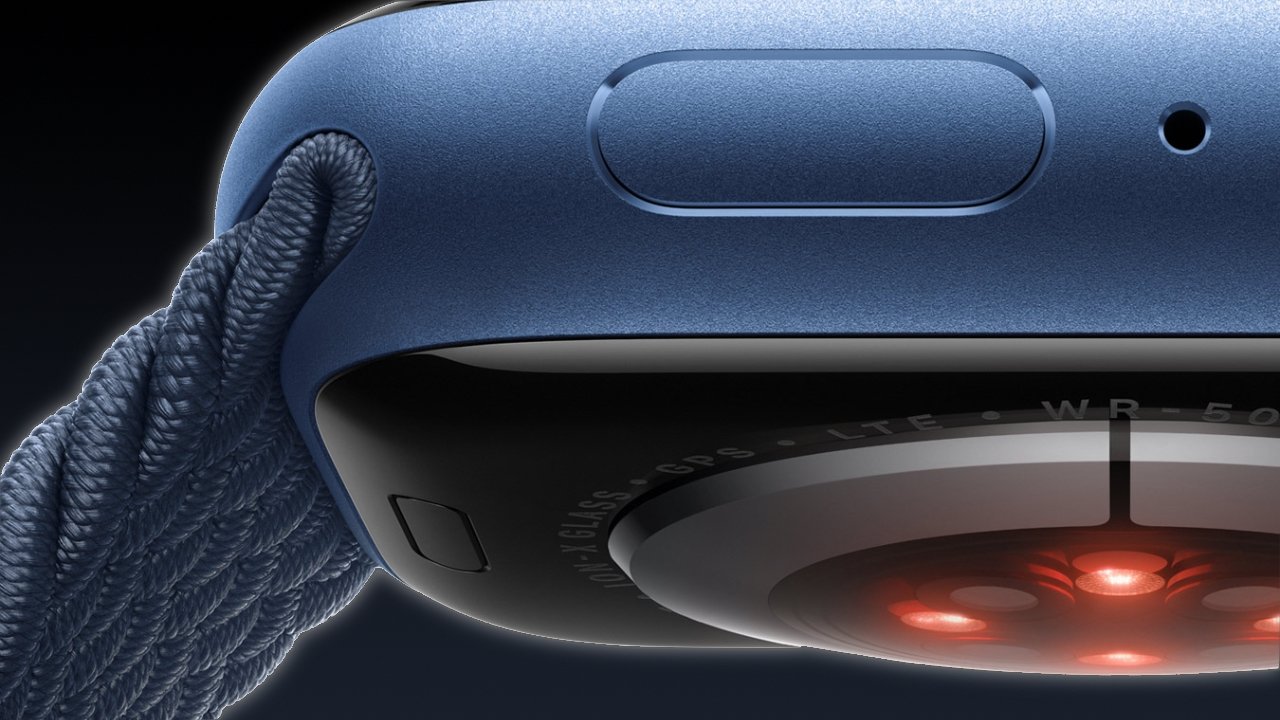
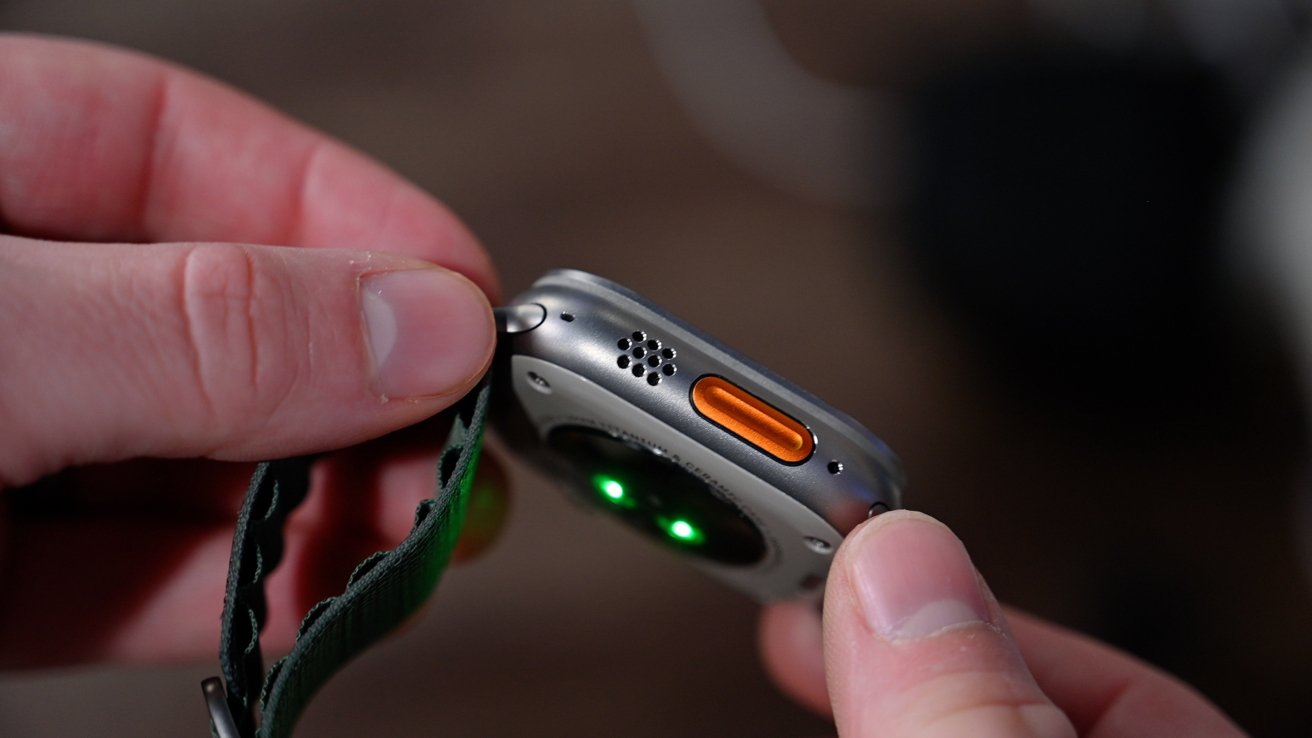
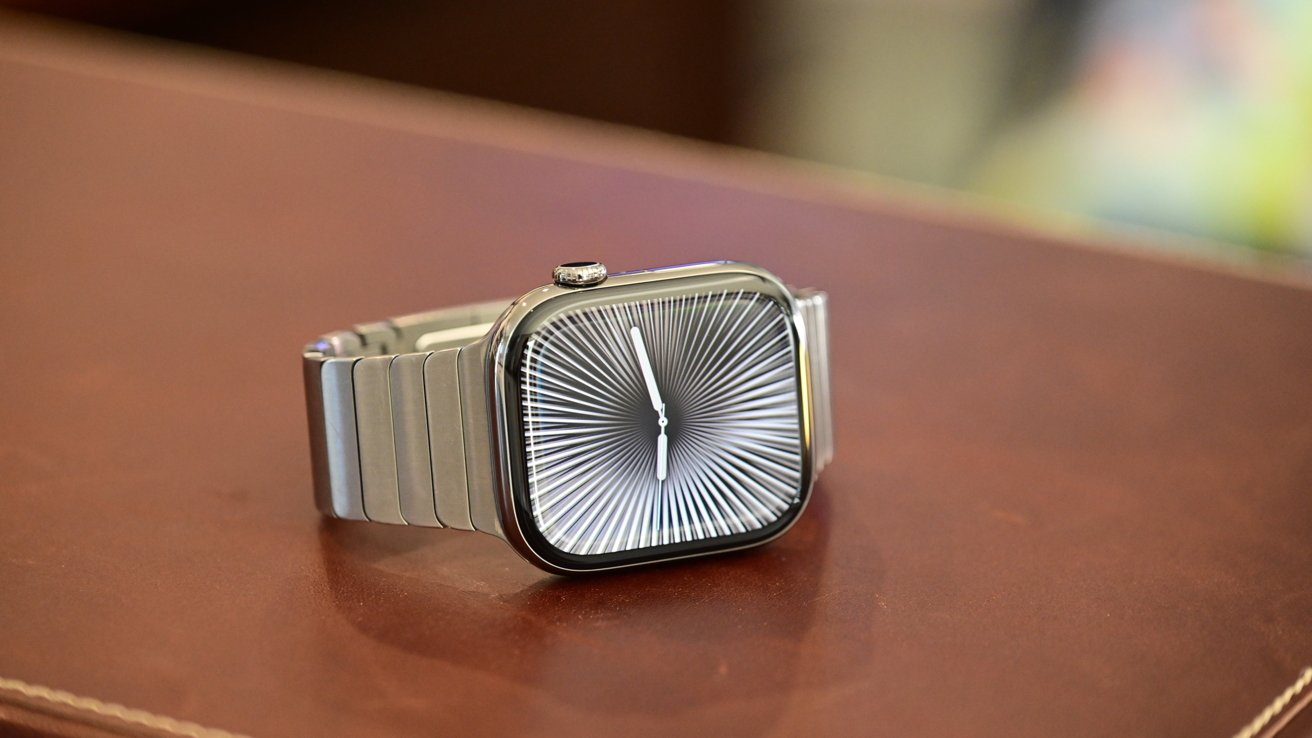
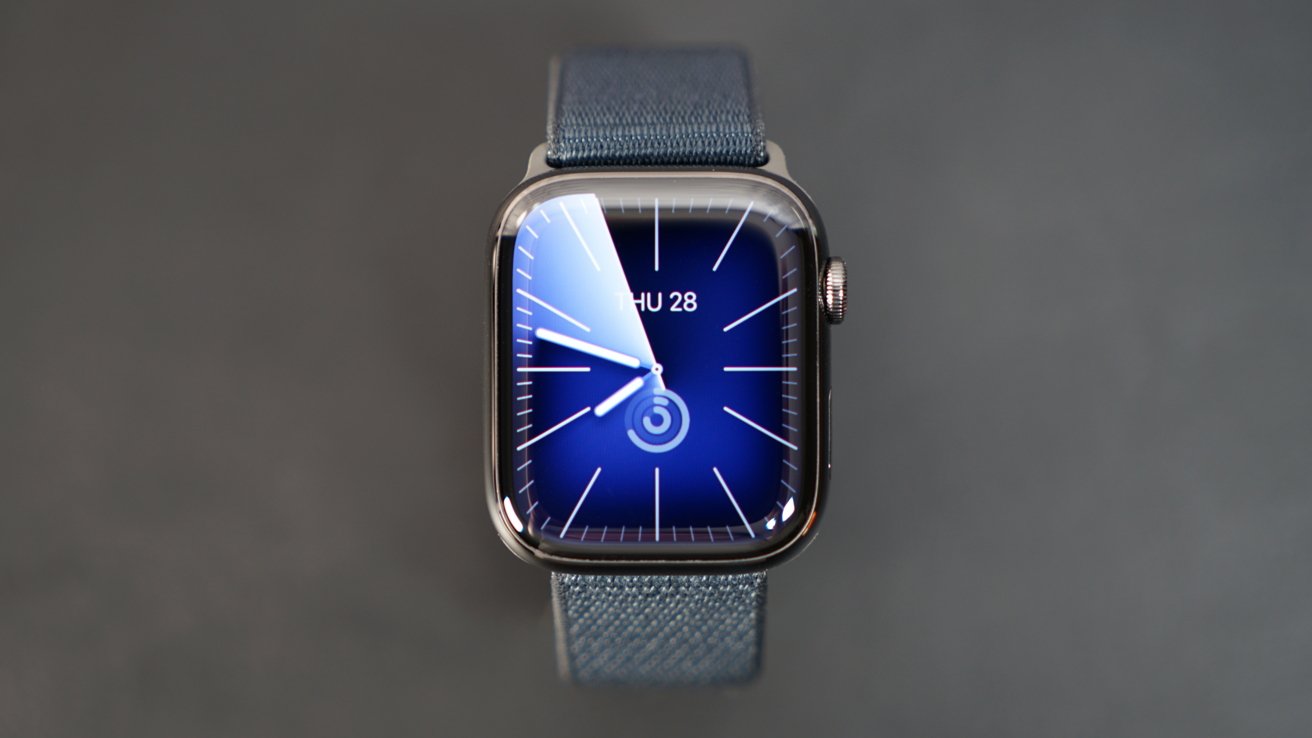
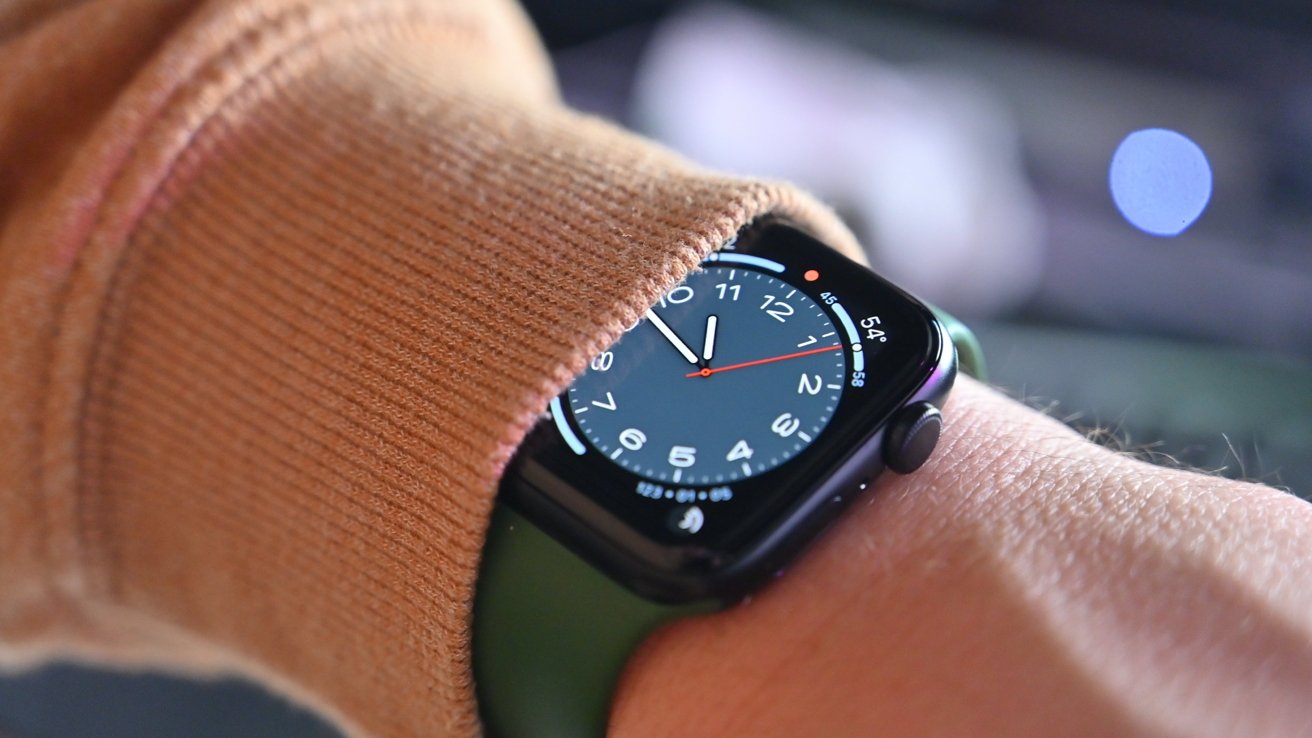
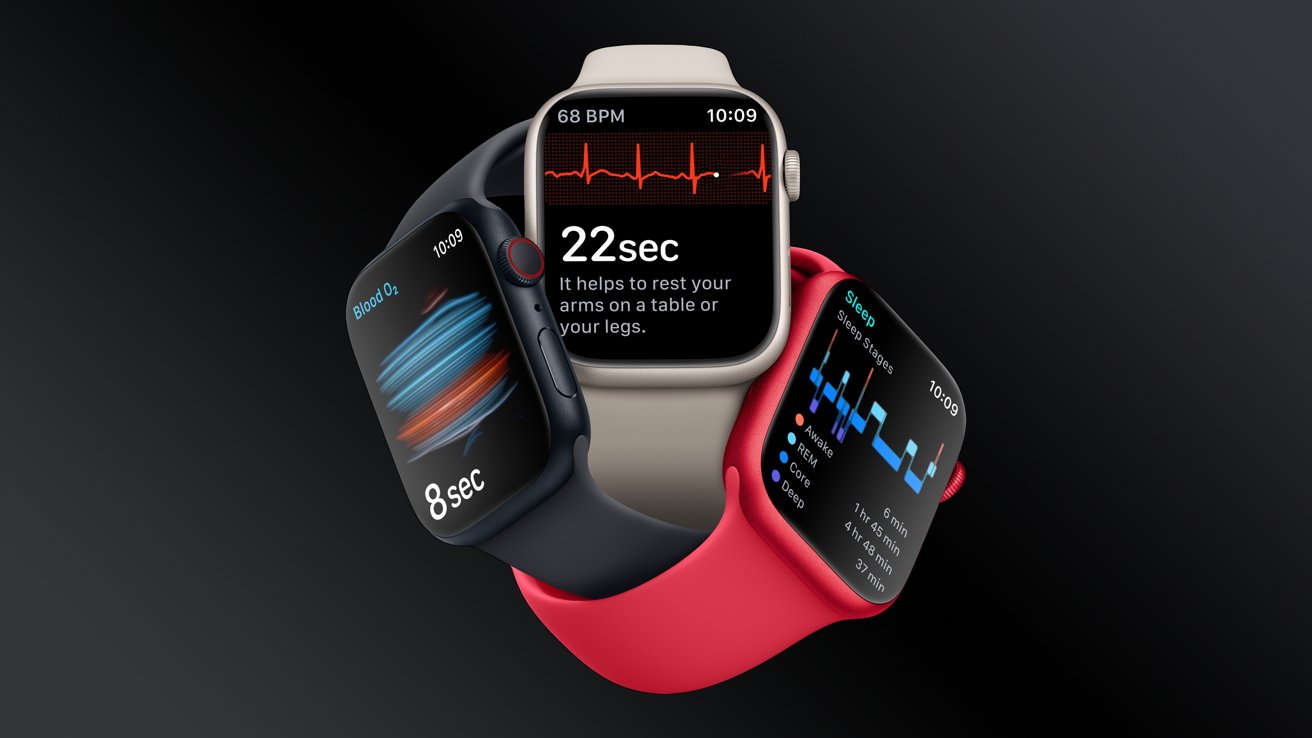
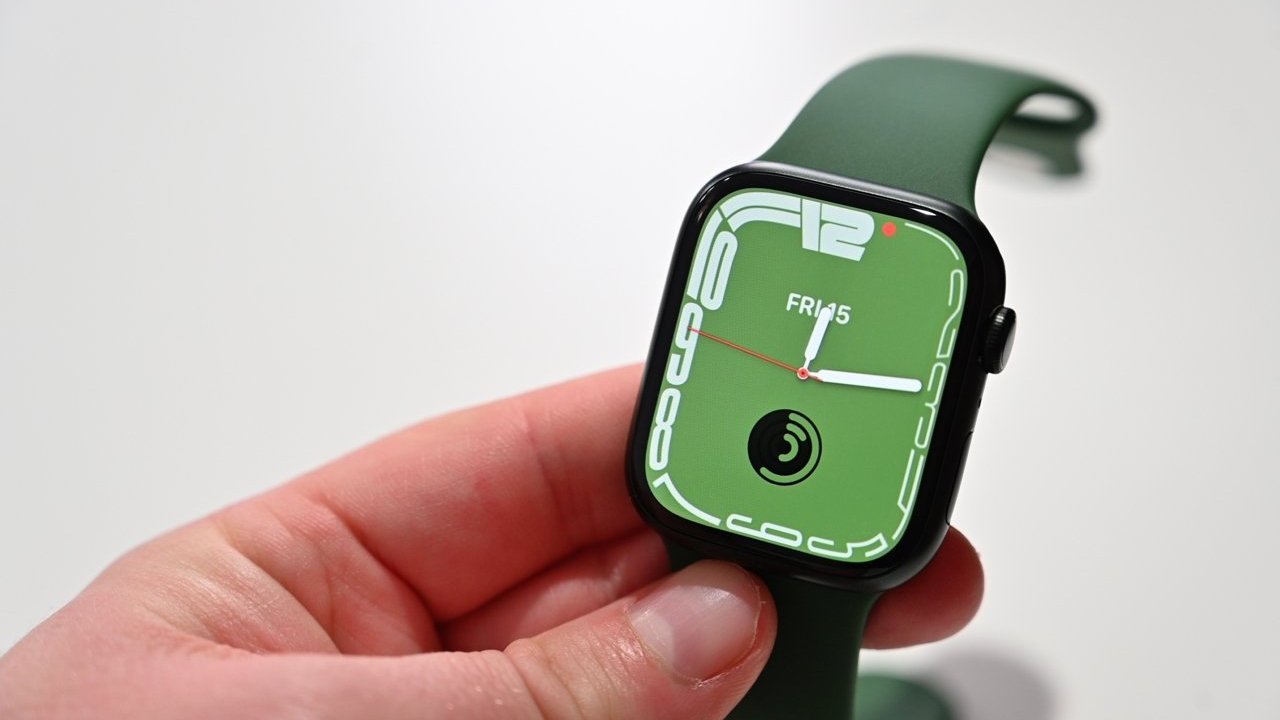
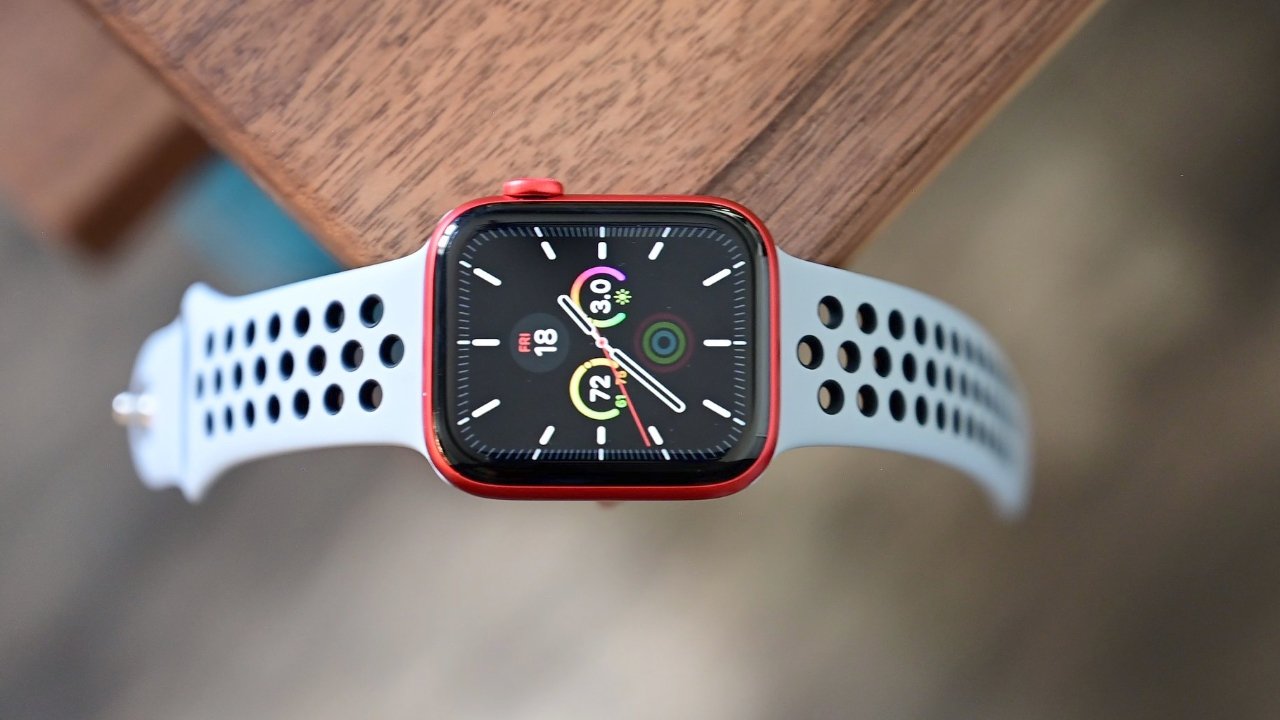
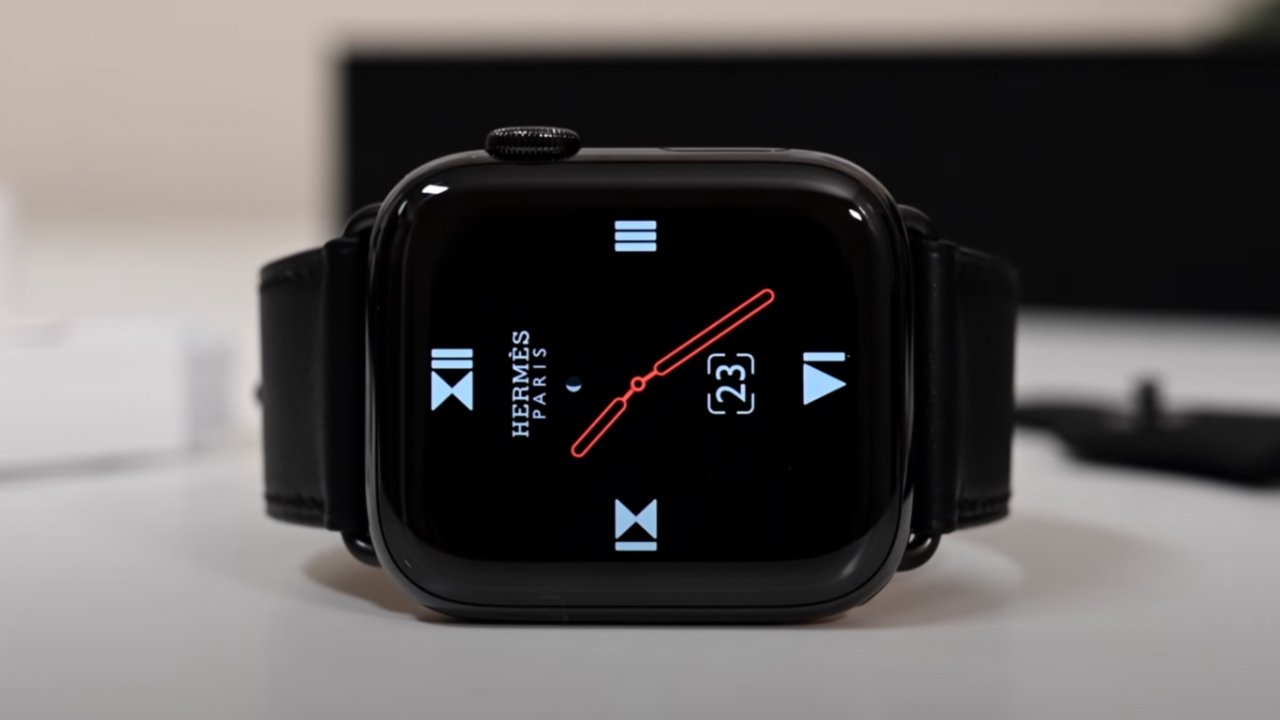
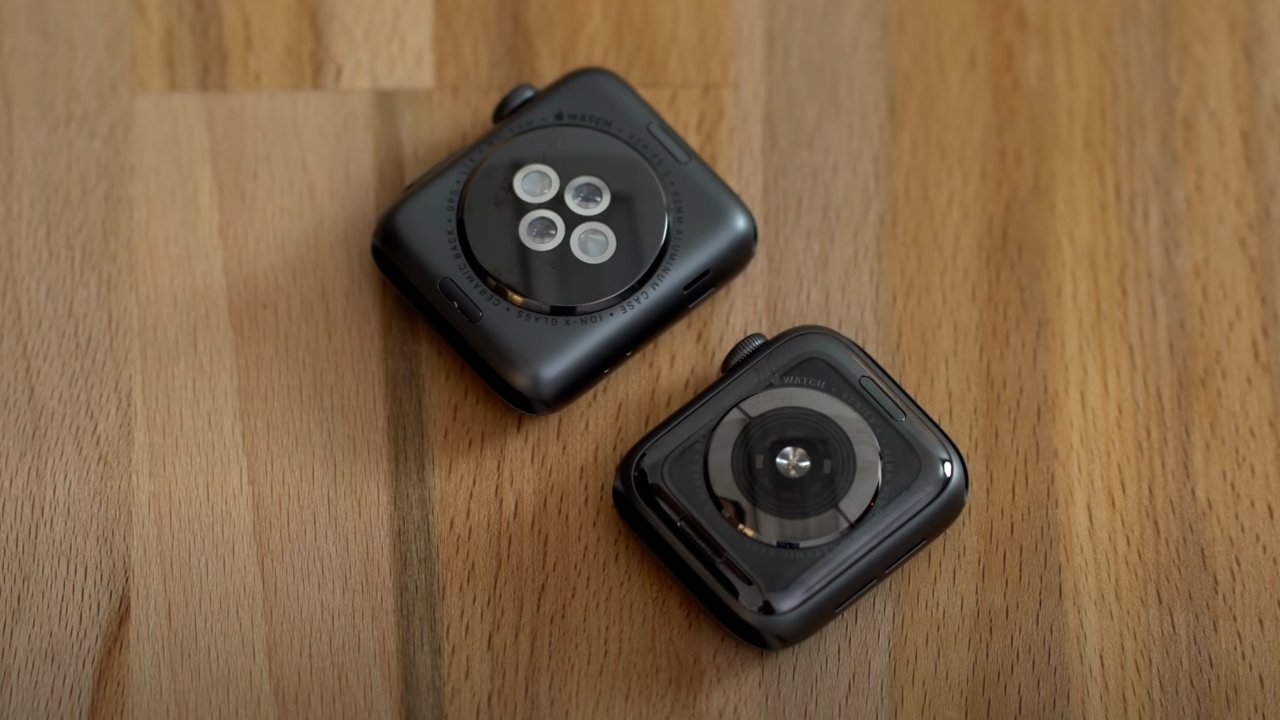
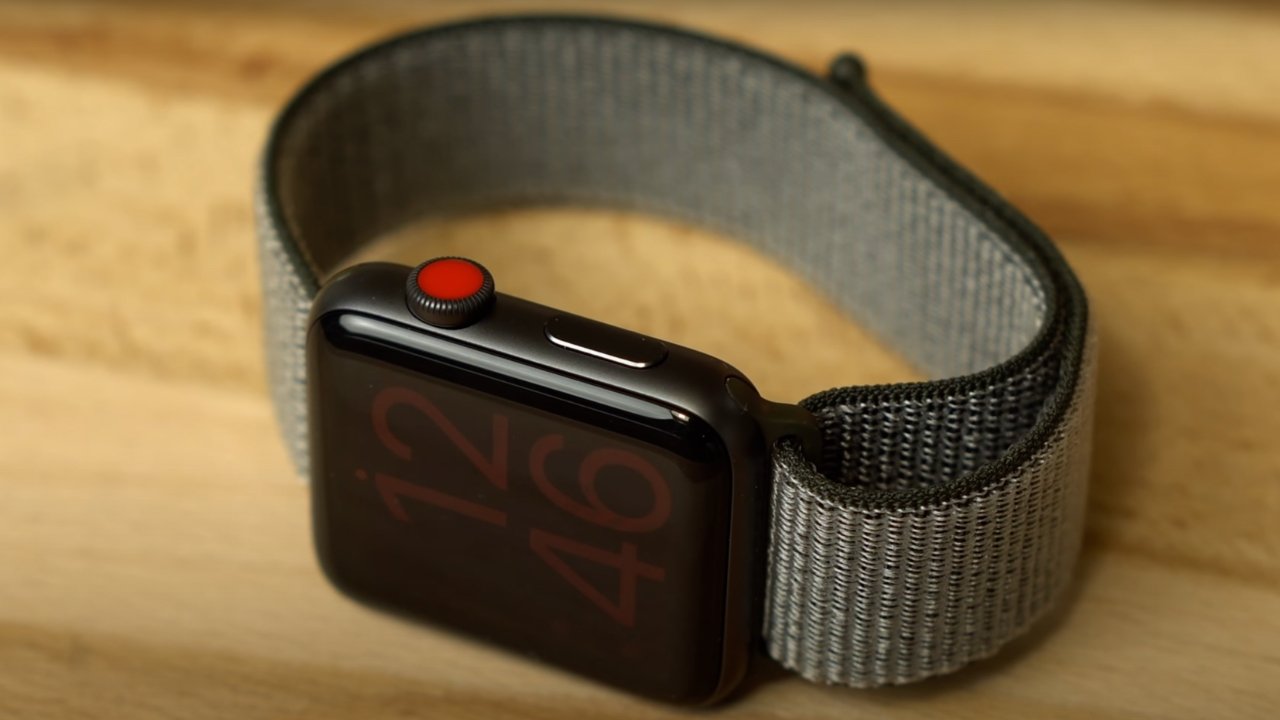
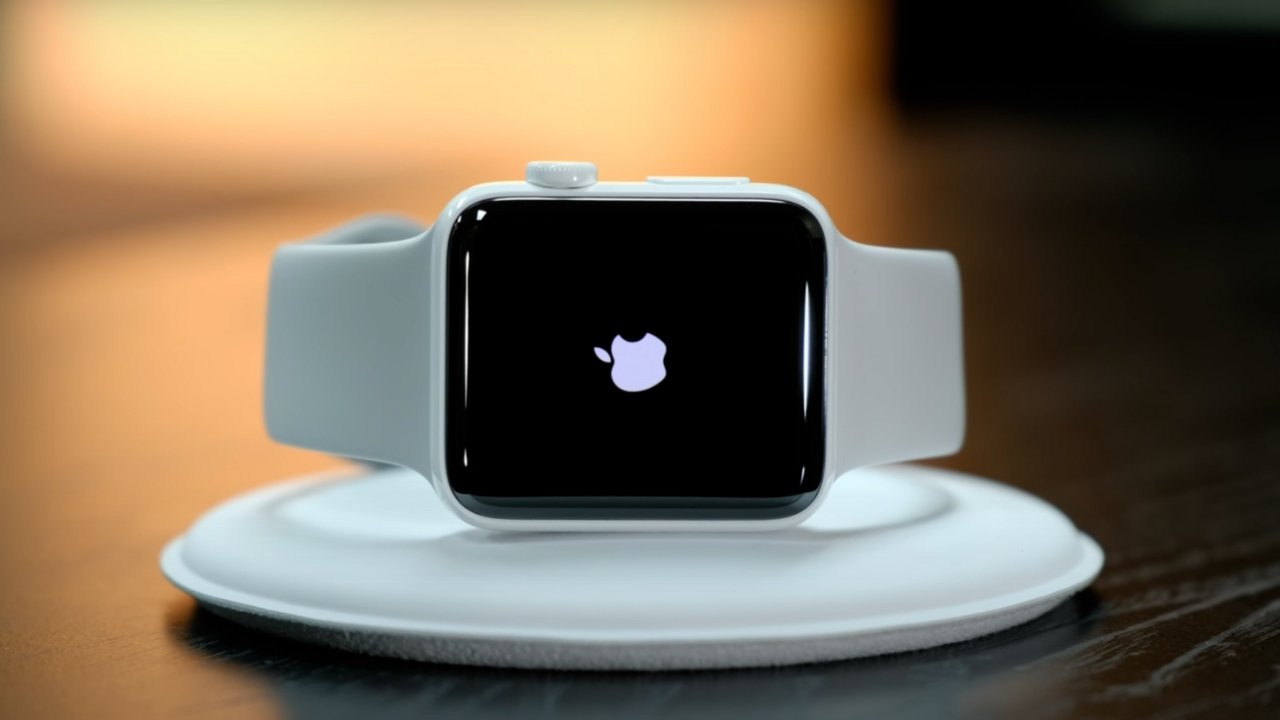
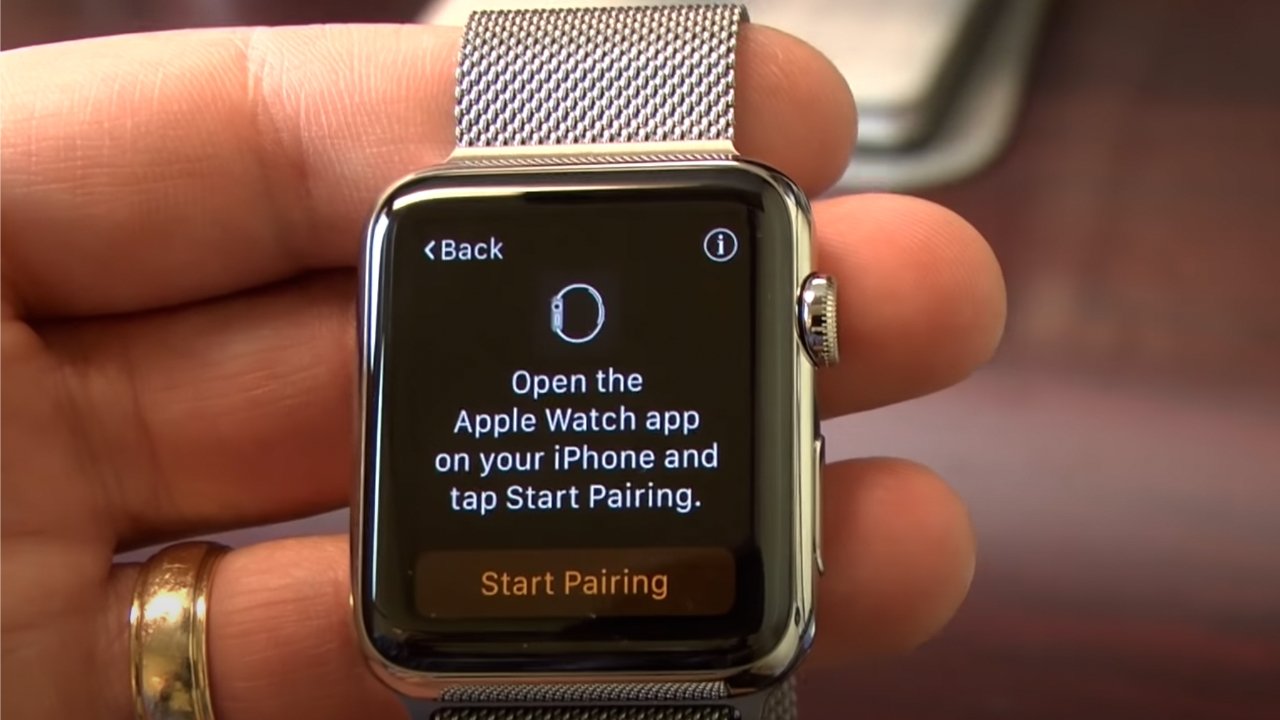
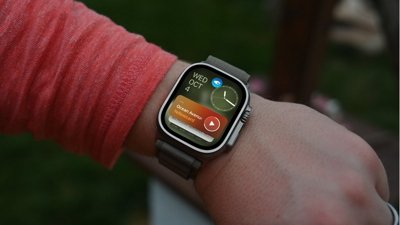
 Andrew Orr
Andrew Orr
 Amber Neely
Amber Neely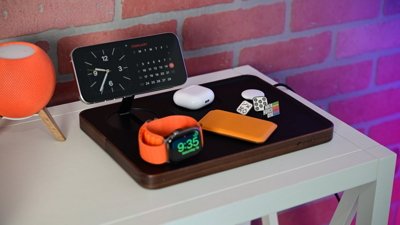
 Andrew O'Hara
Andrew O'Hara

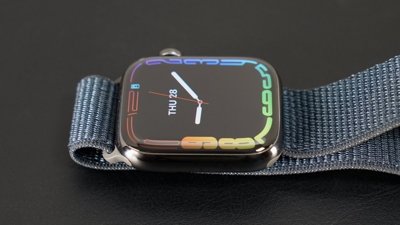
 William Gallagher
William Gallagher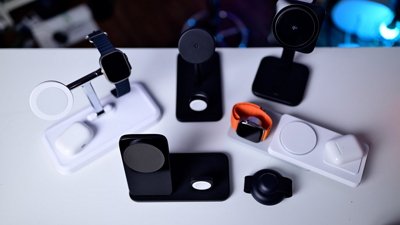
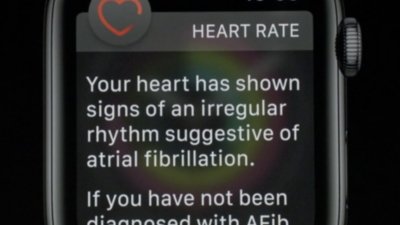
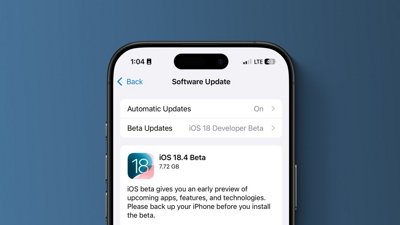
 Charles Martin
Charles Martin